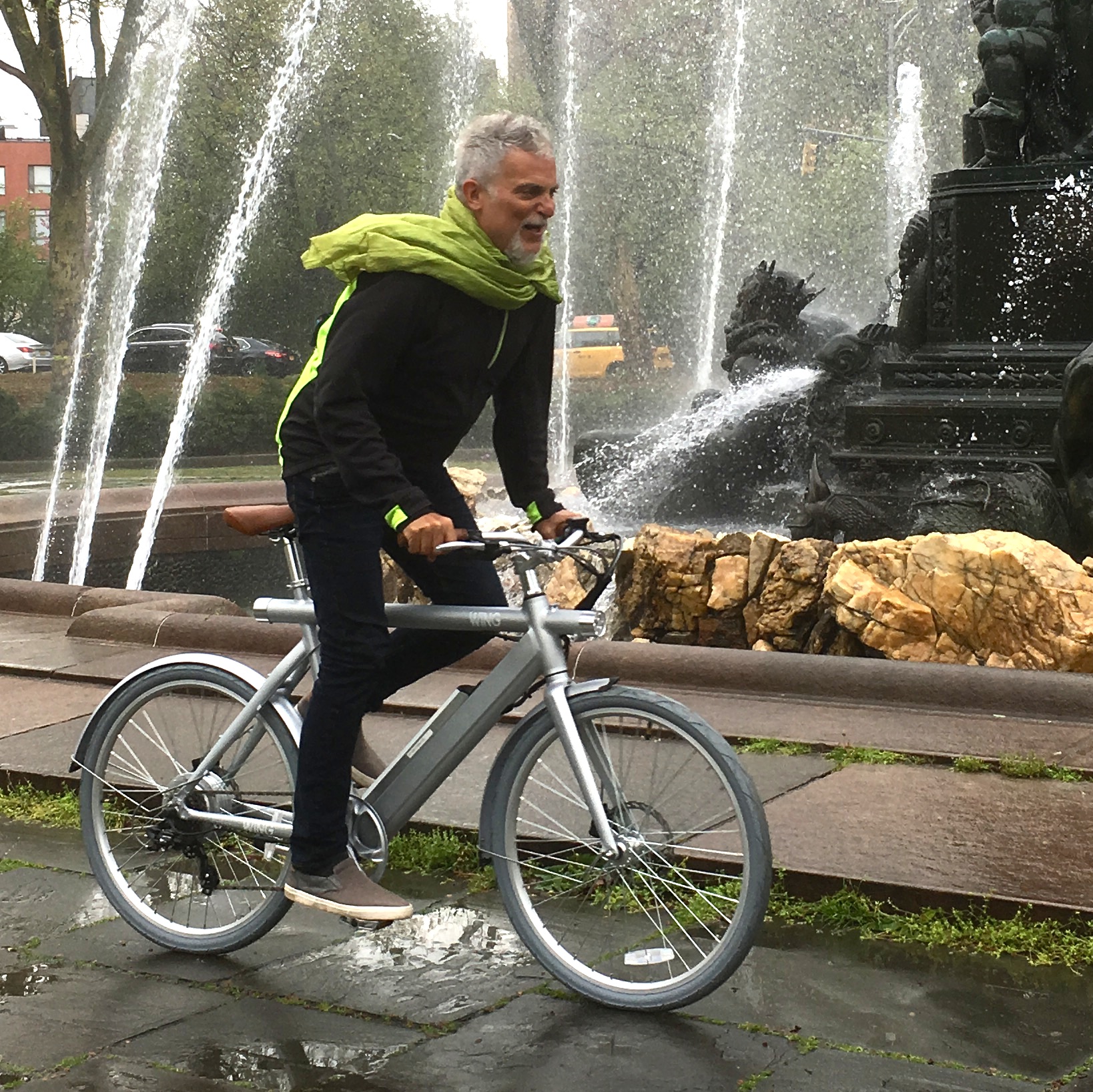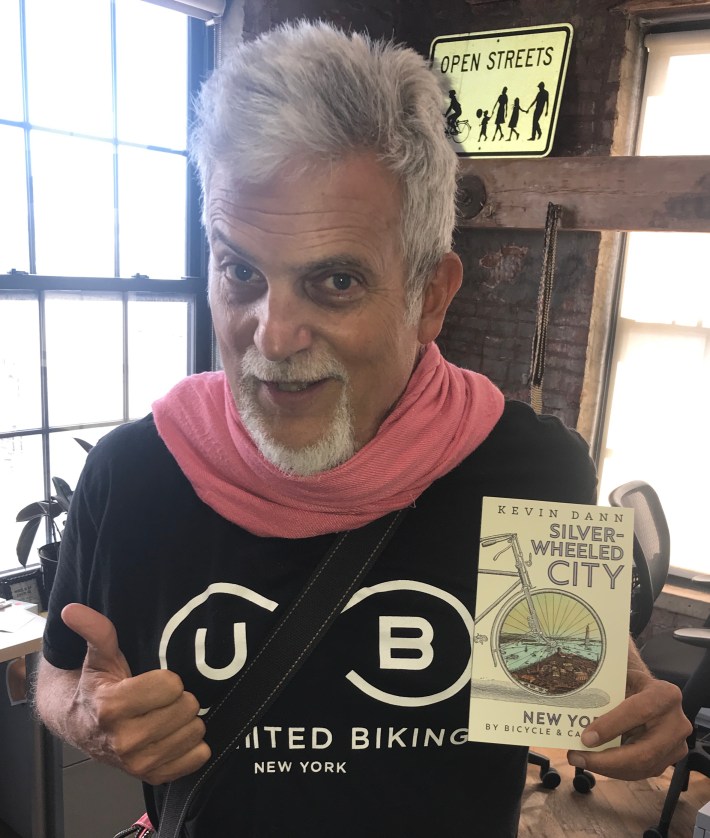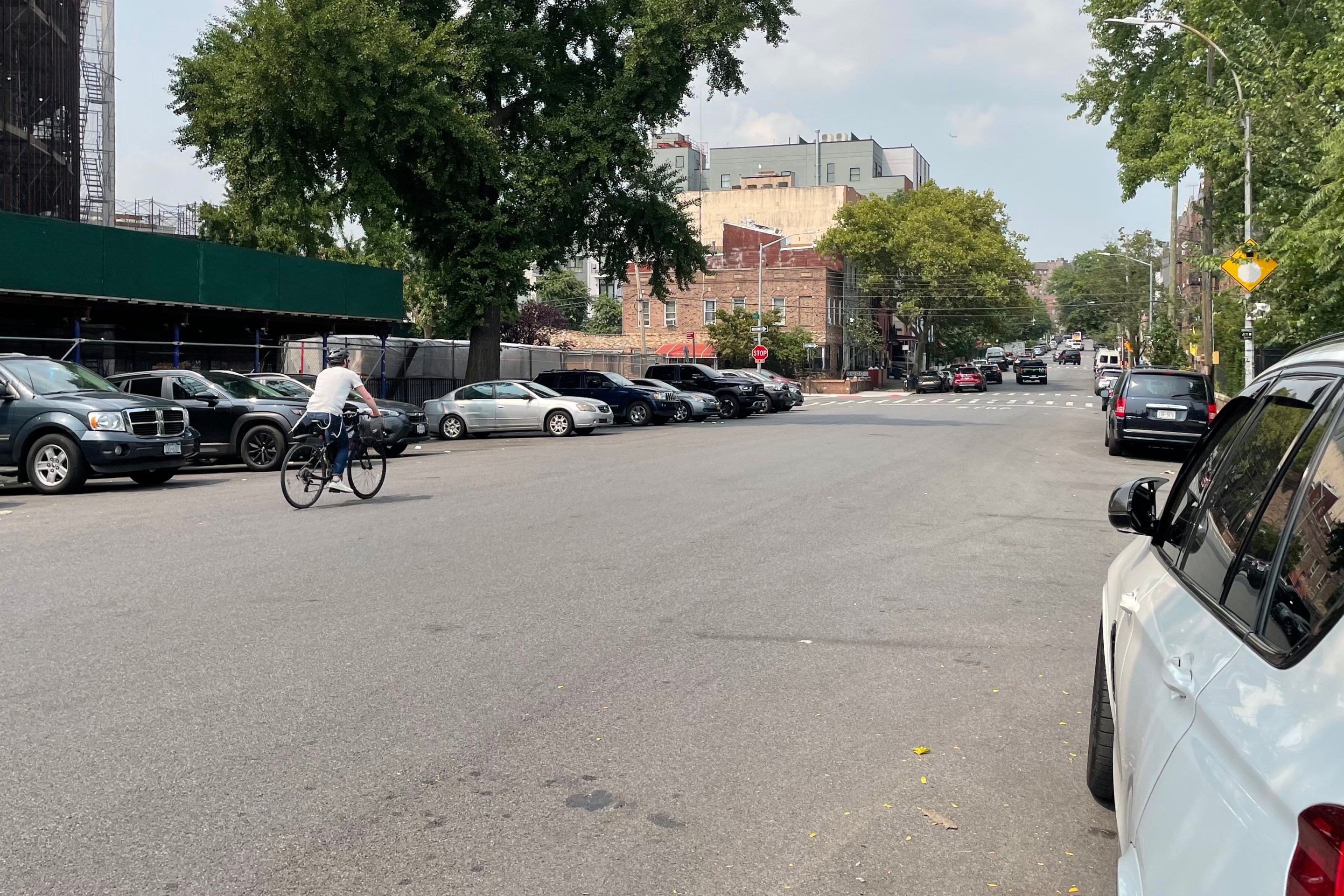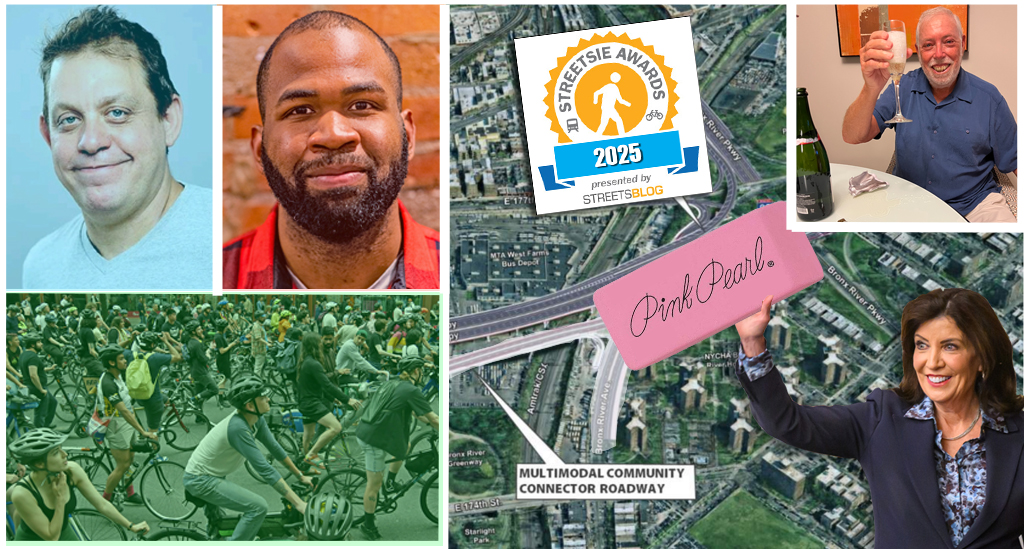Bike tour guide Kevin Dann was so angered by last week's road rage incident on the West Side Highway that he sent us this piece…
KILL. CARS. NOW.
No, not “ban,” or “regulate,” or “decelerate.” Not “Vision Zero.” Not #BanCars.
KILL. CARS. NOW.
Once upon a time, cars killed the bicycle. Now it’s time for bicycles to kill the car.
“Auto a Necessity; Bicycle Was Not,” declared a May, 1909 New York Times editorial penned by Charles Clifton – a former bicycle salesman turned auto flack. The bicycle’s “doom” was “plainly written” at the advent of the automobile, Clifton smugly pronounced. The automobile now had become “part of our national life,” he intoned, because “it far surpasses anything of its kind we have ever known.”
Clifton’s memory failed him. Before the auto industry’s decade-long propaganda effort, the only people who liked cars were Gilded Age robber barons and their speed-happy chauffeurs, who blithely killed men, women and children right out of the deadly starting gate.
In 1904, an American farm magazine called automobile drivers "a reckless, bloodthirsty, villainous lot of . . . crazy trespassers." In 1909, the Farmers' Anti-Automobile League urged its members to "give up Sunday to chasing automobiles, shooting and shouting at them."
The car-dazzled Clifton forgot that pioneer motorists – almost all of them wealthy – were pelted with stones. Farmers shot at motor cars throughout the midwest; in rural New York drivers were pulled from vehicles and whipped. Some irate citizens took to booby-trapping roads with rakes, glass, and tacks. Others strung ropes or barbed wire to teach "scorchers" a painful lesson.
But by 1916 the ailing bicycle industry (which also at that time included the “motor-bicycle” industry, which had not yet transferred its allegiance to automobiles) mounted a massive “1 Million for 1916!” advertising campaign, touting the fact that auto sales had surged from 800,000 in 1915 to more than 1.3 million in 1916.
In fact, 1916 was the signal year in turning the American mind toward automobiles
and away from non-motorized transport. The idea that non-motorized use of streets was "improper" went mainstream – at least among automobile-mad city planners and civic leaders. An American journalist declared: “With an automobile properly driven there is no menace to life, except that precipitated by those on foot who make improper use of streets and thoroughfares.”
Really?!
As Streetsblog has so often noted, no pedestrian (or bicycle!) has ever killed a motorist. A conservative estimate of the number of Americans killed by automobiles since 1910 – when New York City publisher Frank Doubleday’s chauffeur struck and killed a 23-year-old in Queens – is 3.6 million. Today, automobiles kill 1.25-million people worldwide annually; homicides and wars kill fewer than half a million.
The World Health Organization’s latest statistics identify the automobile as a relentless, global killer:
- The 1.25 million people killed make an average of 3,287 deaths a day;
- Another 20 to 50 million are injured or disabled;
- Road crashes cost $518 billion globally, costing individual countries from 1 to 2 percent of their annual GDP;
- Unless action is taken, traffic injuries are predicted to become the fifth leading cause of death by 2030;
- In America, along with the 37,000 people killed by cars each year, 2.35 million are injured or disabled;
- More than 1,600 children under 15 are killed each year.
From 1890 to 1900, the epicenter of the American bicycle industry was the half-dozen blocks to east, west, and south of City Hall. Across Park Row – in those days called “Bicycle Row” – the Potter Building was arguably the most important site in fomenting the transportation revolution that preceded the coming of the “devil wagon” — American vernacular for the automobile before 1916.
The Potter Building, a gorgeous brick-and-terra-cotta confection that still stands, housed not just tire, tube, and bicycle manufacturers and retailers. It also held the nation’s leading cycling magazines, including Good Roads – the publication that perennially lobbied for the infrastructure we now mistakenly take for granted as meant for automobiles.
The automobile industry not only killed this lower Manhattan bicycle hub, it literally stole its design and manufacturing creativity, its administrative and political power and, ultimately, its roads. After 1916, the vast infrastructure built for pedestrians, then horses, then bicycles, became wholly monopolized by cars. The rest, as they say, is history.
That is, until now.
I am not calling for violence, but for the time-tested tactic of “the fool” – humor. Critical Mass, Times Up!, and other city civic organizations brilliantly pioneered playful mockery as a powerful weapon against the sleepy status quo. We must renew their passionate protest and engage in mirthful public shaming of the “devil wagon.”
iGeners love to think of themselves as “disruptors.” To disrupt our cities and our wounded and weakened civitas, they must KILL. CARS. NOW.
Let’s help them do it, with all the monkey-wrenching goodwill we can muster.
Kevin Dann is a bike-tour operator and author of “Silver-Wheeled City: New York by Bicycle and Camera” (Fortunatus, 2019).







